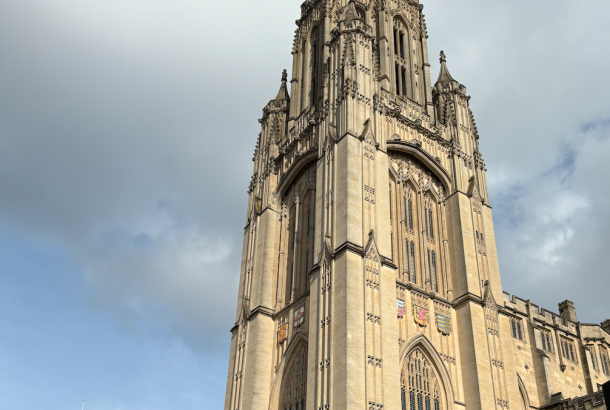300-million-year-old insects seen for first time
By David Lack
300 million year-old insect fossils have been imaged for the first time in a pioneering use of an everyday technology.
A team from the University of Manchester’s School of Materials used High Resolution Computed Tomography (CT) to construct an image of the fossils encased in rock. Taking over 3,000 images from different angles to create 2,000 ‘slices’ of the fossil, the team were able to construct 3D images of the insect larvae.
Speaking to The Mancunion, Dr Garwood said: “It has been a long-standing problem that by using normal techniques you end up with a 2D image of a 3D problem.”
The technology creates a 3D-image that previously has not been possible. A single complete image of the insect “depends on the fossil, some take three or four days to a month [to create].” The complexity of the insect determines how many scans are needed and the time it takes to create the image.
The technology gives new insights into the larval form of ancient insects which have not survived intact and therefore cannot be seen using normal techniques. This allows researchers to see what the insect larvae looked like. But it will still be difficult to analyse the relationships of insects. Insects change dramatically between their larval stage and their adult form. A process that is not fully understood yet holds a lot of interest for researchers.
Dr Garwood hopes that the work will shed some light on the biology and development of early insects. This research is important as the majority of animals on the planet are insects.
In an interview Dr Garwood said “we have a poor understanding of insect evolution, for example we don’t know how insect wings evolved”. The research team are focusing on the metamorphosis that occurs in insects as they grow, Dr Garwood wants to “scan lot of juvenile insects to see how complete metamorphosis evolved”. The study of how insects evolved is important as they pollinate plants and provide other vital roles to the ecosystem.
This technique has currently been focussed on imaging two insect fossils. One was a new species of cockroach larvae had spines along its back. It is believed the spines were used for protection, as it couldn’t fly and would not be able to escape predators. The team thinks this larva could even pre-date the split between modern cockroaches and their close group, the mantises.
Dr Garwood thinks this technology could be used bring about some major breakthroughs in insect evolution.







